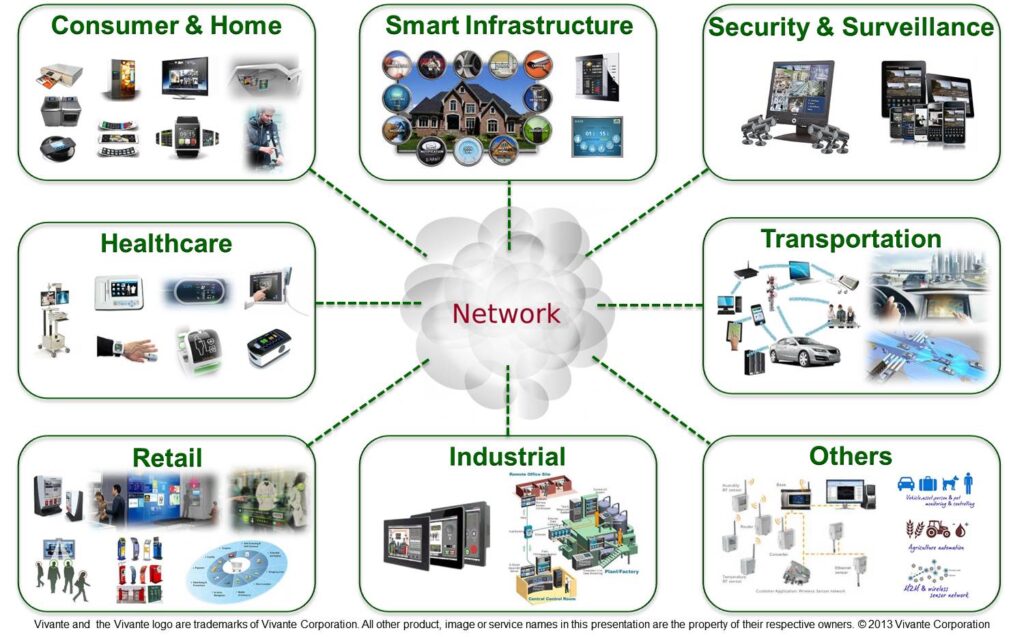Internet-Of-Things and Healthcare – An Example:
Do you think, a car can call an ambulance quicker than a telephone ? Can you envision a rescue vehicle that gathers critical patient information before arriving the hospital? Moreover doctors can remotely monitor the conditions of their patients 24/7 by having the patients use devices at home instead of requiring the patients to stay at hospital?
Can vehicle-mounted terminals automatically display the nearest parking space? Will sensors in smart homes turn off utilities, close windows, monitor security, and report to homeowners in real time . Well, these use-cases might sound comical, but that’s where Internet-Of-Things (IoT) plays an crucial role.
The number of devices which connect to the Internet is apparently exponentially increasing. These billions of components produce consume and process information in different environments such as logistic applications, factories and airports as well as in the work and everyday lives of people.

Internet of Things (IoT) – What It Is?
The Internet of Things (IoT) is the interconnection of uniquely identifiable embedded computing devices within the existing Internet infrastructure and also called as M2M standing for Machine to Machine, Machine to Man, Man to Machine, or Machine to Mobile.
The most common example is home automation where various devices like your refrigerator, washer, stove, thermostat, smoke alarm,TV and your car are all connected.Other applications include Environmental Monitoring, Infrastructure Management, Industrial Applications, Energy Management, Medical and Healthcare Systems,Transport Systems, Large Scale Deployments.
When embedded with chips and sensors, these objects can “think”, “feel”, and “talk” with each other. Together with the infrastructure of the Internet and mobile networks, these objects can communicate with humans, and enable us to monitor and control them anytime anywhere and enjoy their intelligent service, making the idea of a “Smart Planet” a dream come true.
In fact , it is the ability to transfer data over a network without requiring human-to-human or human-to-computer interaction. IoT has evolved from the convergence of wireless technologies, micro-electro-mechanical systems and the Internet.
There has been and still is much hype about the “Internet of Things”. The idea of a globally interconnected continuum of devices, objects and things in general emerged with the RFID technology, and this concept has considerably been extended to the current vision that envisages a plethora of heterogeneous objects interacting with the physical environment.
The Critical Factor
Today, a large number of different means are used to enable communication between heterogeneous devices. Furthermore, existing solutions do not address the scalability requirements for a future Internet of Things, they provide inappropriate models of governance and fundamentally neglect privacy and security in their design.
Wearables have a much future scope.The various wearables like Google glass ,iPhone ,wearable health monitors are already in hype. The sketchy reason is that when everything has network, it will be an game changer.
Will it really change the game? Wait and watch.